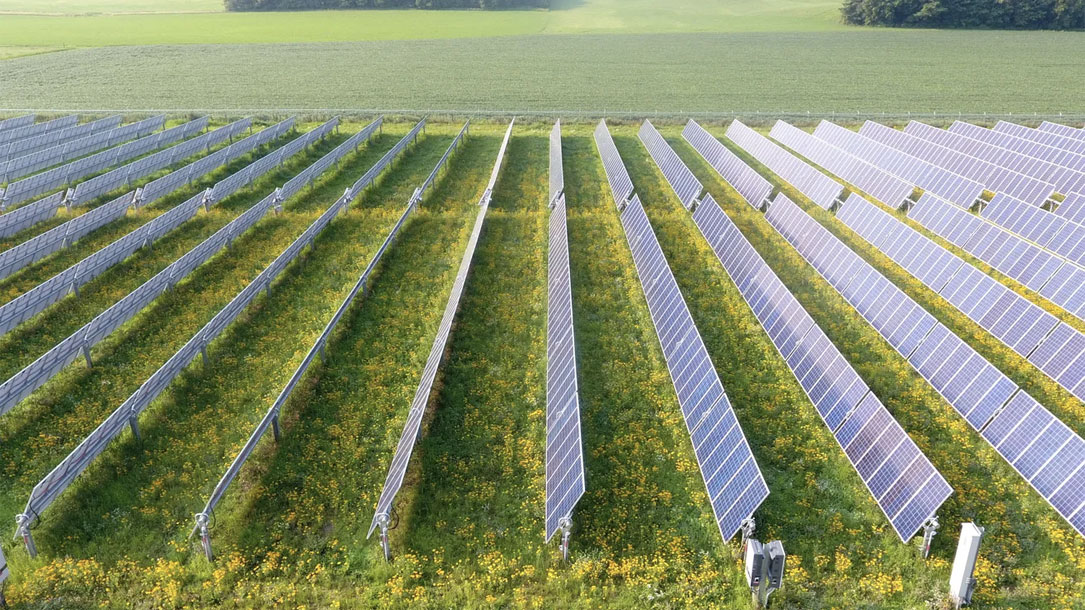
‘A magical solution’: solar developers planting flowers that could help save butterflies and bees
For more than a century, Logansport’s electricity was generated using gritty black coal. Now, its latest generating facility will feature 80 acres of solar panels, and something far more attractive—flowers.
Solar projects with habitats such as these, called pollinator-friendly solar projects, have been launched in 20 states, according to the Center for Pollinators in Energy. At least three new pollinator-friendly solar projects have been announced in Indiana this year.
Habitat loss and exposure to chemicals such as pesticides have killed off large portions of bee, butterfly, fly, and beetle populations. Numbers of honeybees, one of the most widely tracked pollinator species because of their contributions to the food supply, are falling by as much as 30 percent each winter in the U.S. and in Indiana…

New revenue option for ag producers to yield attractive returns
Oregon ranchers Dan and Suzy Probert grow cattle and healthy soil. And with the help of Farm Bill programs, they’re protecting the Lightning Creek Ranch from development as well as finding new revenue options like carbon trading markets…
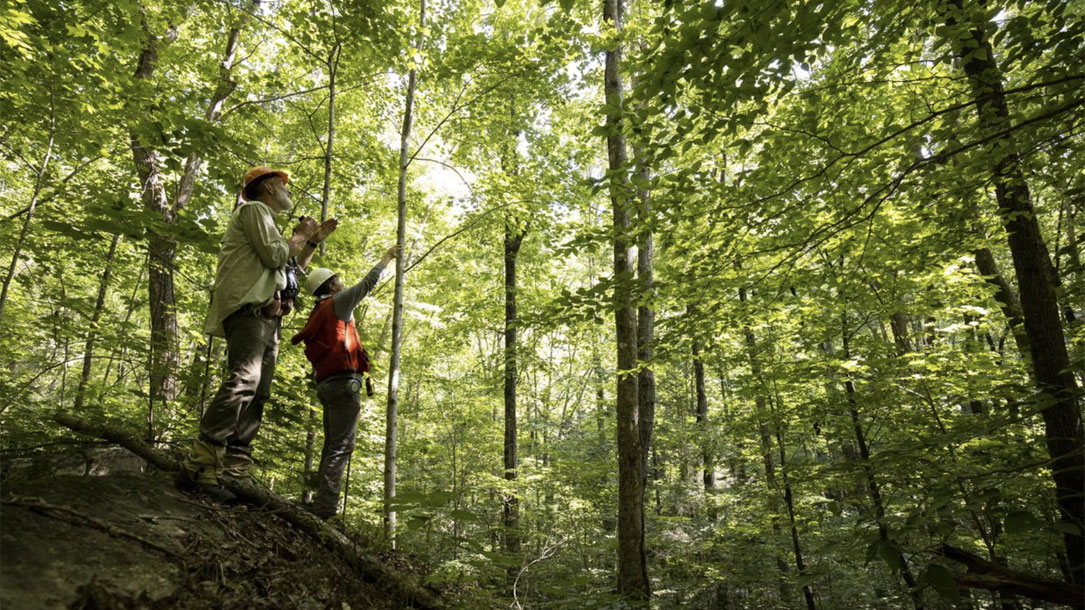
Preserving trees becomes big business, driven by emissions rules
Finite Carbon is North America’s leading developer and supplier of forest carbon offsets.
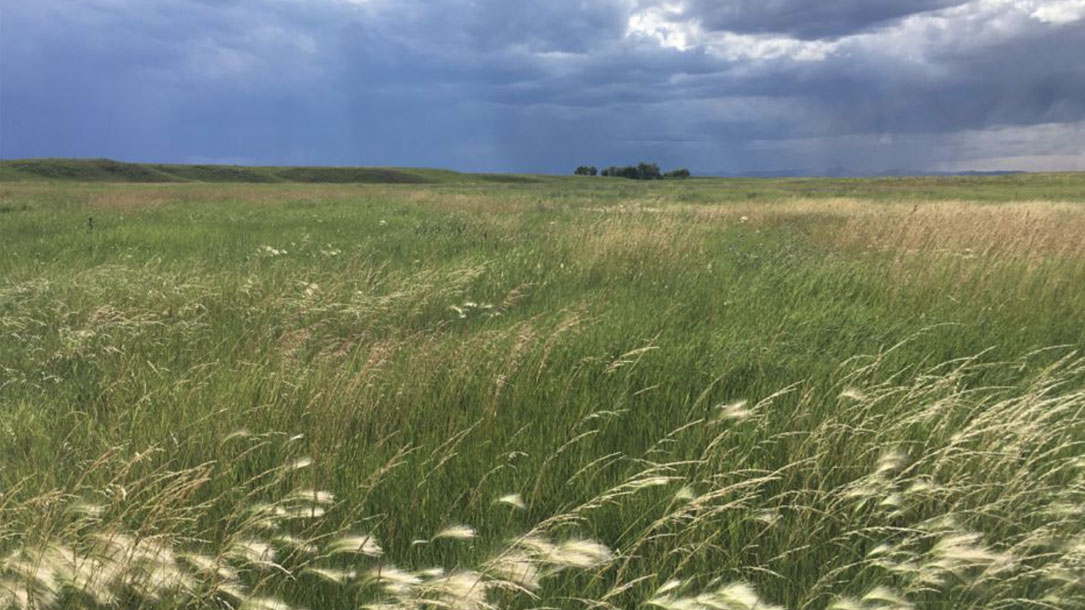
Carbon markets program puts more nonprofits on path to increase land conservation
The Land Trust Alliance is partnering with carbon offset project developers Finite Carbon and The Climate Trust. Finite Carbon is working with the Alliance to help land trusts that own forest lands participate in the voluntary carbon market. The Climate Trust will provide cash to help land trusts purchase no-till grassland conservation agreements from farmers and ranchers. This will make the lands eligible for the carbon market.
Not only does this mean additional land preservation, but it will help combat the effects of climate change…
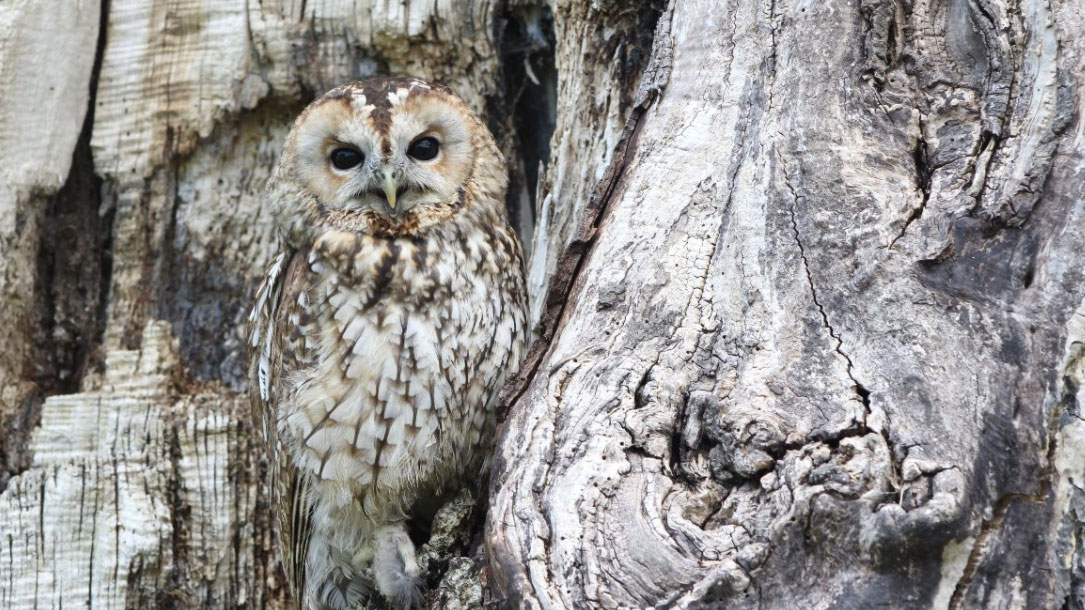
Pyrodiversity promotes avian diversity over the decade following forest fire
In this 2016 paper, UCLA ornithologist Morgan Tingley concluded that “pyrodiversity increases biodiversity.” Between 2009 and 2014 he led bird surveys across 465,000 acres of burned conifer forest in California’s Sierra Nevada and Southern Cascade mountains. The data showed that in the decade following wildfire, areas that experienced different burn severities developed into unique habitats, each with its own bird community.
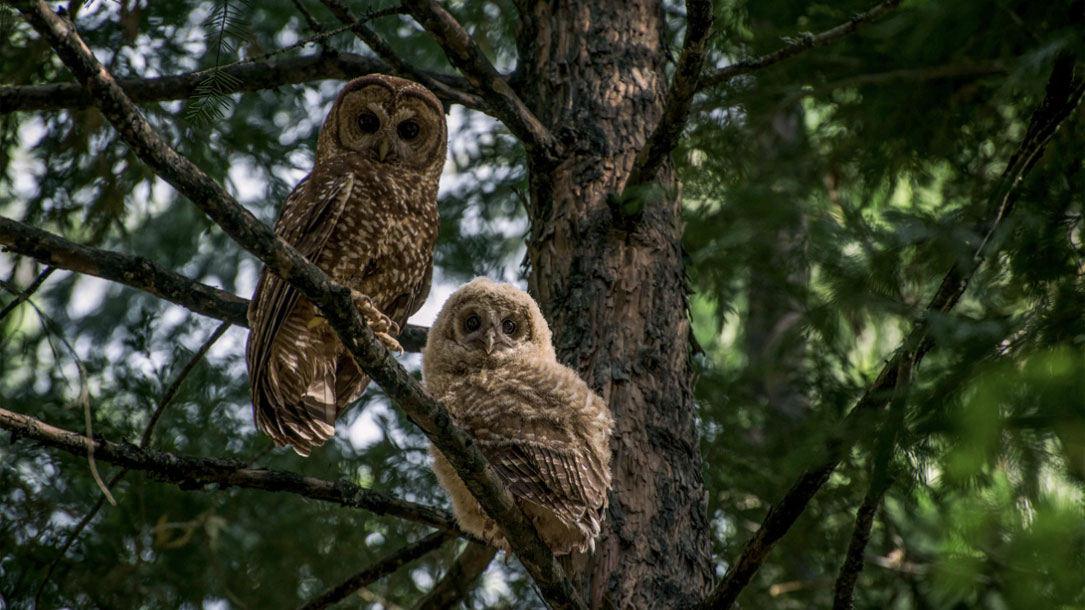
Recent ‘megafires’ imperil even fire-loving forest birds
Many birds, such as owls and woodpeckers, thrive in forest habitats created after fire. But the hotter, bigger, more destructive megafires out West might be too much even for them…
In a 2016 paper, UCLA ornithologist Morgan Tingley concluded that “pyrodiversity increases biodiversity.” Between 2009 and 2014 he led bird surveys across 465,000 acres of burned conifer forest in California’s Sierra Nevada and Southern Cascade mountains. The data showed that in the decade following wildfire, areas that experienced different burn severities developed into unique habitats, each with its own bird community.
But megafires like the King Fire have disrupted this historical cycle. Their relentless intensity often leaves less pyrodiversity. Instead they create larger areas of sheer destruction…
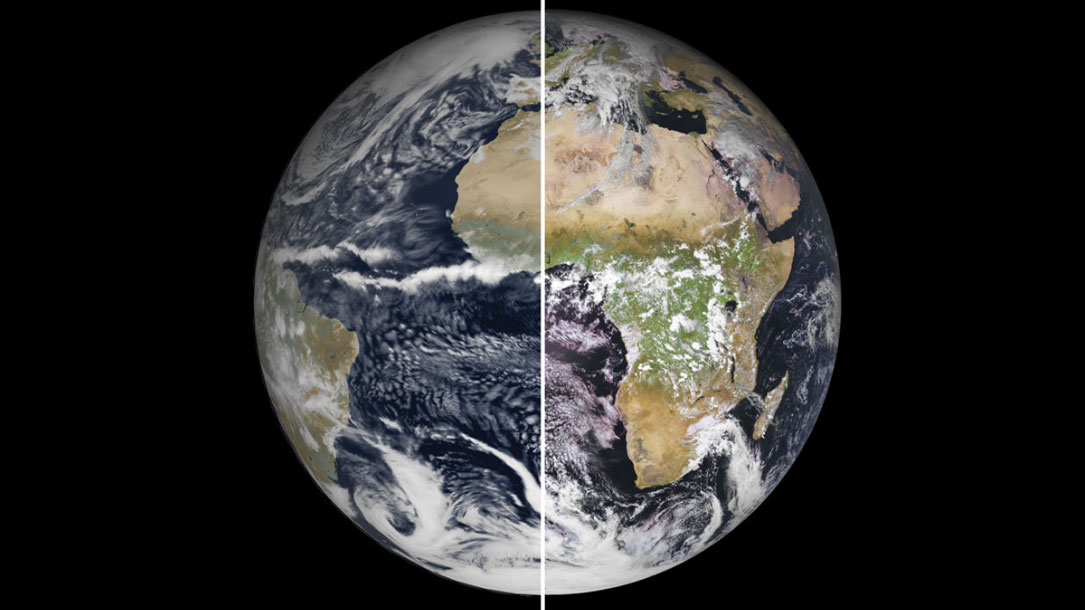
Europe is building a ‘digital twin’ of Earth to revolutionize climate forecasts
“It’s a really bold mission, I like it a lot,” says Ruby Leung, a climate scientist at the U.S. Department of Energy’s (DOE’s) Pacific Northwest National Laboratory. By rendering the planet’s atmosphere in boxes only 1 kilometer across, a scale many times finer than existing climate models, Destination Earth can base its forecasts on far more detailed real-time data than ever before…
The model will also incorporate real-time data charting atmospheric pollution, crop growth, forest fires, and other phenomena known to affect weather and climate, says Francisco Doblas-Reyes, an earth system scientist at the Barcelona Supercomputing Center…
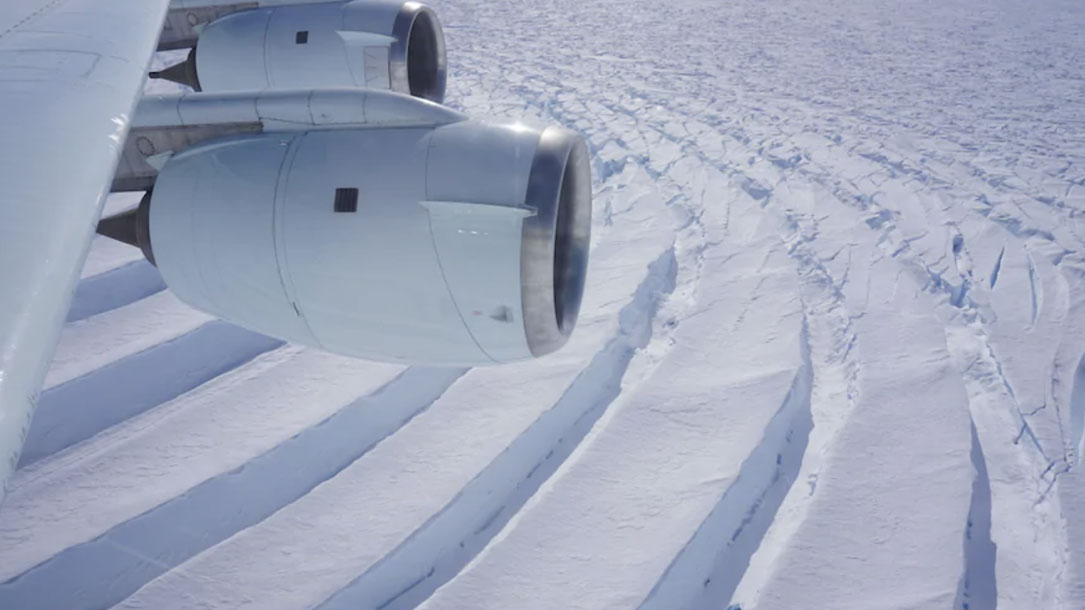
Two major Antarctic glaciers are tearing loose from their restraints, scientists say
“Two Antarctic glaciers that have long kept scientists awake at night are breaking free from the restraints that have hemmed them in, increasing the threat of large-scale sea-level rise.
Located along the coast of the Amundsen Sea in West Antarctica, the enormous Pine Island and Thwaites glaciers already contribute around 5 percent of global sea-level rise. The survival of Thwaites has been deemed so critical that the United States and Britain have launched a targeted multimillion-dollar research mission to the glacier. The loss of the glacier could trigger the broader collapse of the West Antarctic ice sheet, which contains enough ice to eventually raise seas by about 10 feet…”

Smart Solar Siting for New England: free webinar series
Join American Farmland Trust, Acadia Center, Conservation Law Foundation, Vote Solar, and Vermont Law School for a four-part webinar series, as we share outcomes from our joint two-year project seeking to reduce conflicts over the siting of solar facilities…

We know climate change set the conditions for Oregon fires. Did it stoke the flames, too?
“Most of the truly unprecedented extreme weather disasters we’ve seen in recent summers throughout the Northern Hemisphere—the floods and heatwaves and droughts. Most of them…have been associated with these resonance [wavy jet stream] events,” [Dr. Michael] Mann said. “And they are getting more frequent because of human-caused planetary warming…”












